FOR YOUR HEALTH: How to Keep Your Mental Health in Check This Year
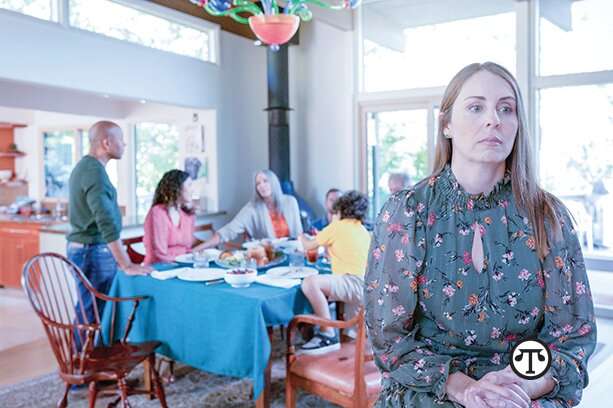 For many people, the gifts, gatherings, eating and drinking at this time of year take a toll on their mental health. Mental health experts share some things you can do to help avoid holiday-related challenges.
For many people, the gifts, gatherings, eating and drinking at this time of year take a toll on their mental health. Mental health experts share some things you can do to help avoid holiday-related challenges.
(NAPSI)—While the joy and busyness of the holiday season can take a toll on some people’s mental health, that doesn’t have to be. There are ways to avoid holiday-related challenges.
People may feel stressed, sad or anxious during the holiday season for a variety of reasons. According to the National Alliance on Mental Illness, extra stress, unrealistic expectations, sentimental memories and other factors during the season may set some people up for temporary bouts of depression or anxiety.
Help Yourself to a More Jolly Season
However, mental health experts say there are things you can do to help avoid holiday-related challenges.
“Please remember, this is your holiday!” says Dr. Benjamin Yu, a psychiatrist in Roseville, California. “While there are many expectations and obligations from multiple sources (such as family, occupational, religious, social), this is still your time and you have the right to say yes or no. Chances are, what you would like to do is likely what others really want to do, and most of the time when you relay your desires and dislikes, this will lead to a more cohesive celebration.”
Many experts advise, among the holiday events and merry making, to try to keep up your normal daily routines as much as possible. That includes eating and drinking in moderation, avoiding alcohol if you’re feeling down and getting enough sleep. If you find yourself in a stressful situation at a family gathering, they say it’s OK to take a break.
“I often tell [patients] that when I used paper prescriptions, I would write a prescription to ‘have a migraine’ so they could say ‘my head hurts…I have to leave.’ It allows the person to exit without having their self-image damaged or their PTSD triggered,” says Dr. Nan Nelson, a psychiatrist in Beachwood, Ohio.
Taking part in other activities, such as breathing exercises, meditation and moving your body physically – even if it’s just off the couch – can also be helpful, according to the experts. Planning ahead may also be worthwhile.
“The winter holidays can bring on positive and negative emotions and memories. Keeping your emotional equilibrium during this time requires a delicate balance between body, mind and spirit. Before the holidays move into high gear, take a look at how you are feeling and make a plan that will keep you on an even keel this season,” says Dr. Paul B. Hill, a psychiatrist in Memphis, Tennessee.
Dr. Hill says it’s important to continue your current mental health therapies throughout the season.
Learn More
For more information on how to improve your mental health this year, ask your clinician or visit GeneSight.com/holidaymentalhealth.


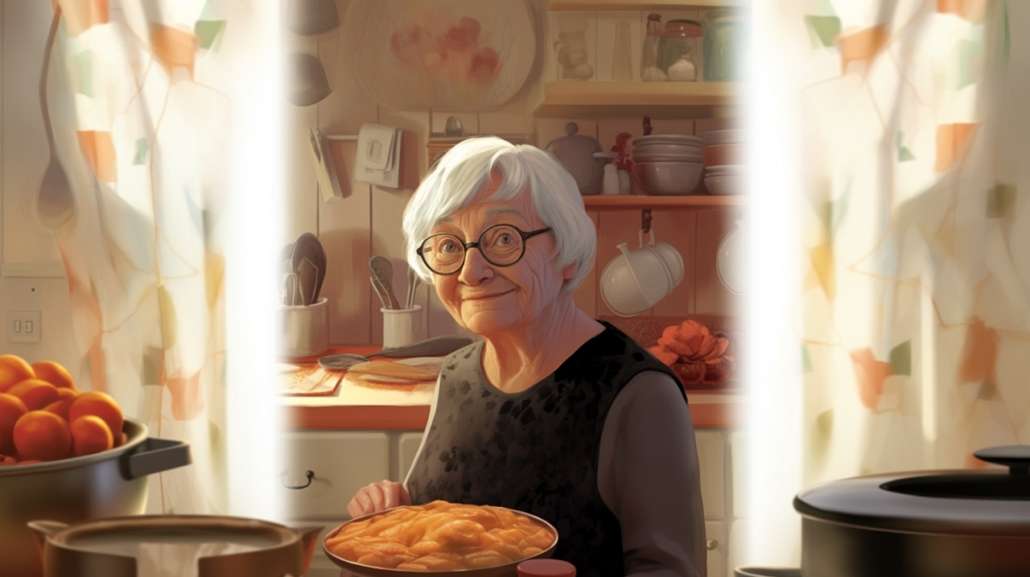

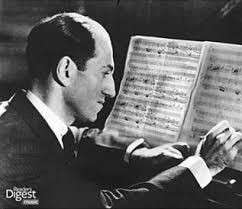

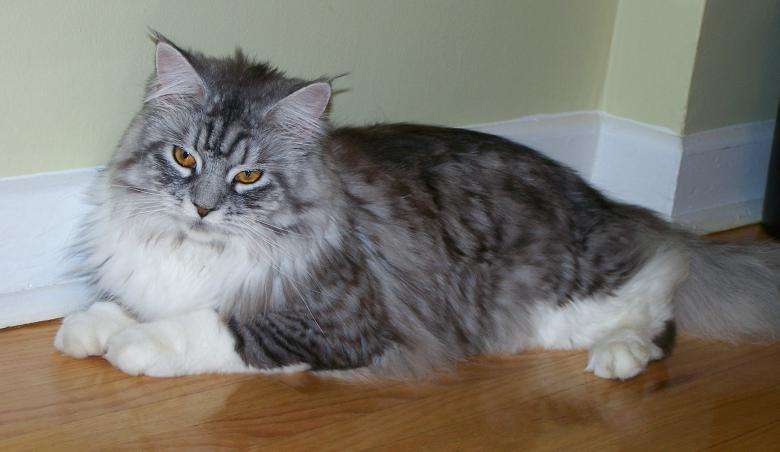

 CVS Pharmacy can help you and your family fight the flu this season.
CVS Pharmacy can help you and your family fight the flu this season.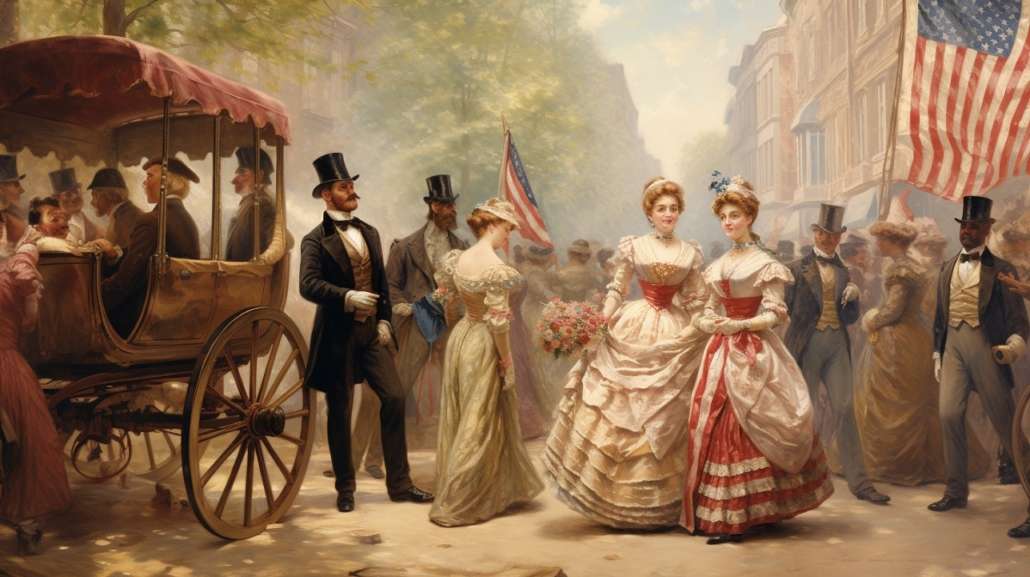

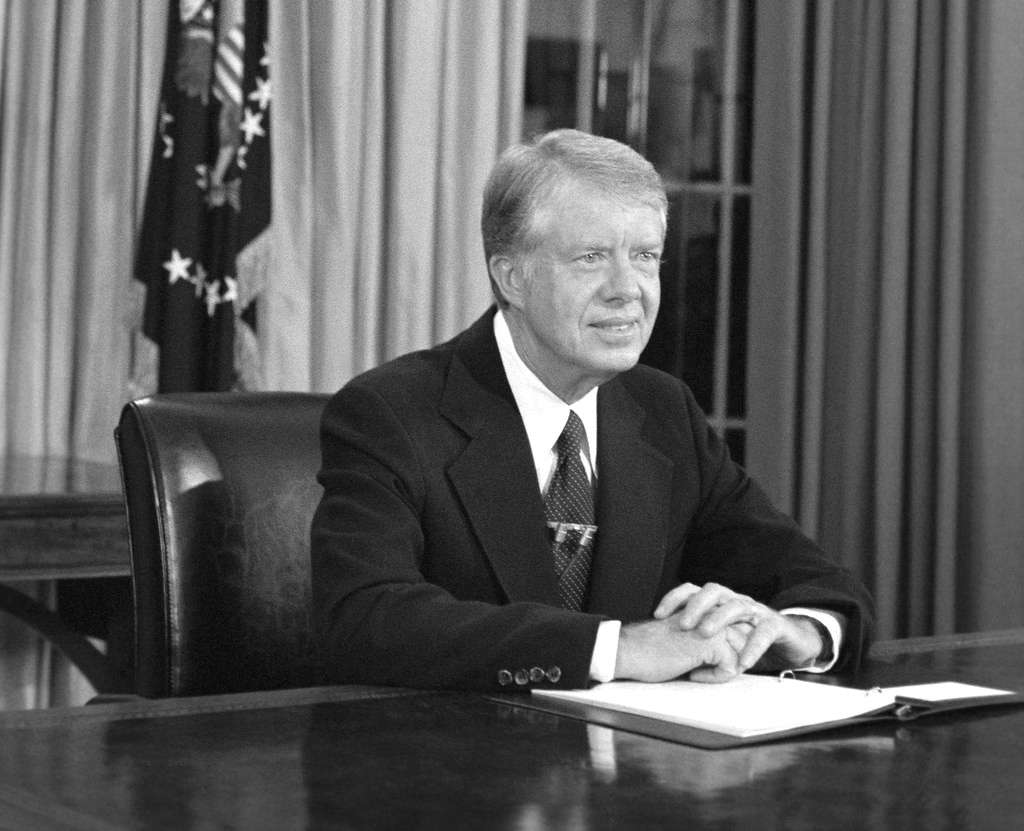
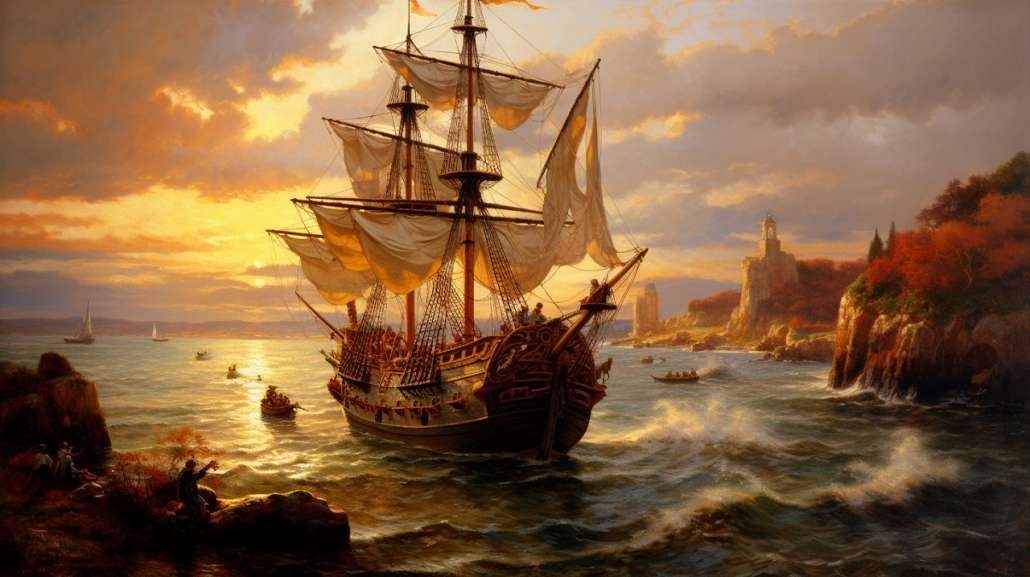

 The 60th annual Waterville Rotary Auction with hundreds of gifts, services and unique items will once again be held online through
The 60th annual Waterville Rotary Auction with hundreds of gifts, services and unique items will once again be held online through 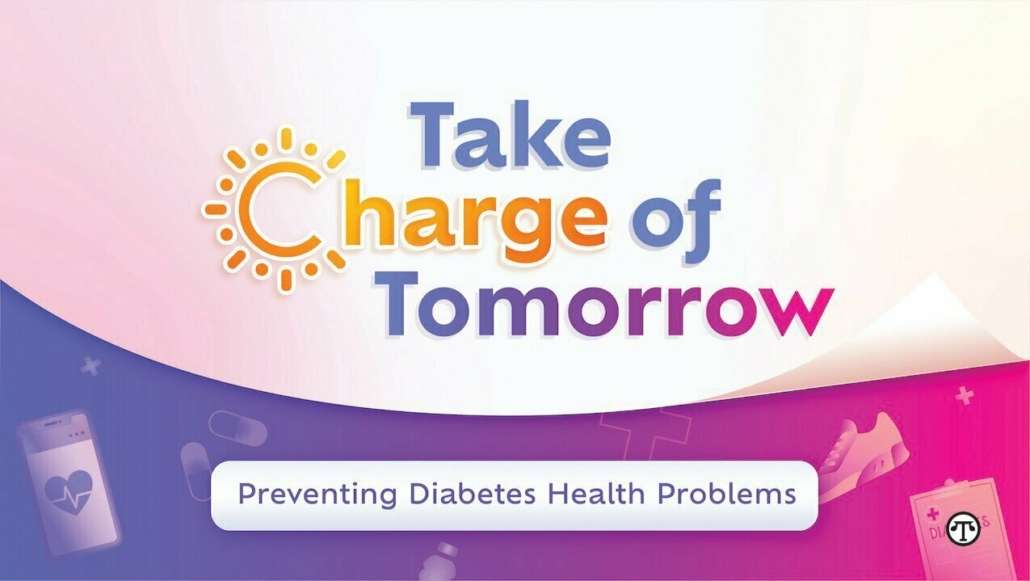 (NAPSI)—November is National Diabetes Month, when communities across the country spread awareness about diabetes.
(NAPSI)—November is National Diabetes Month, when communities across the country spread awareness about diabetes.